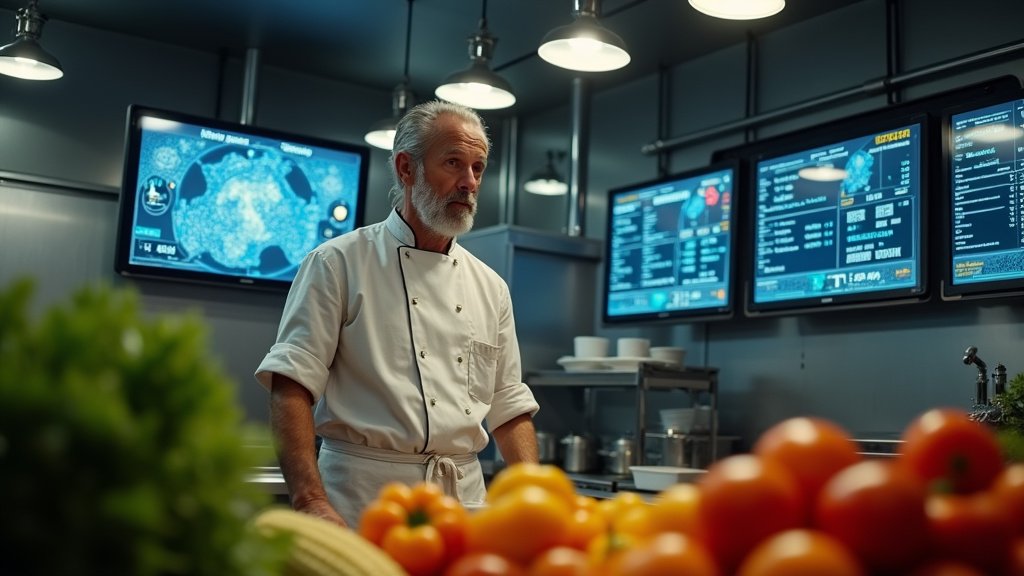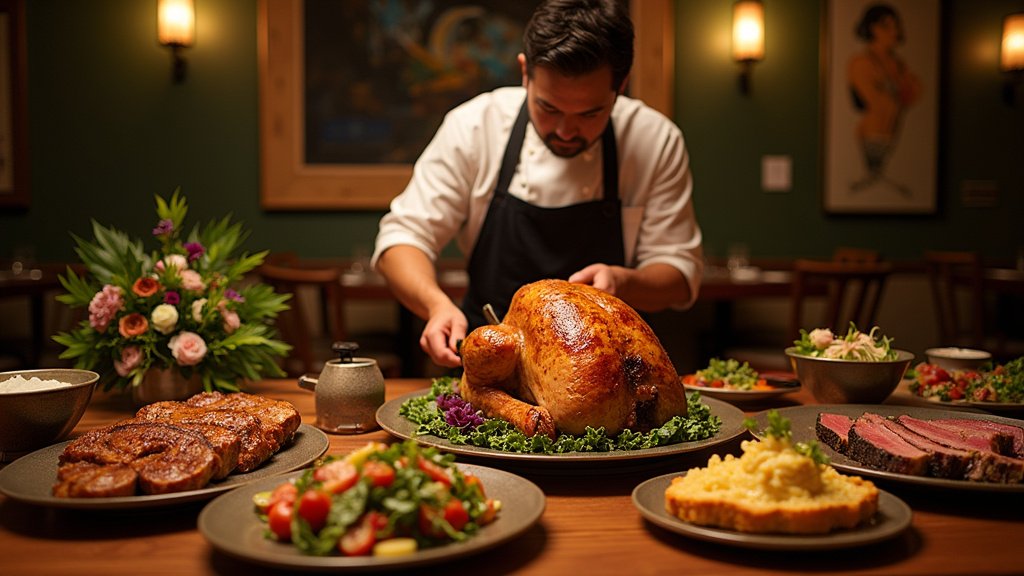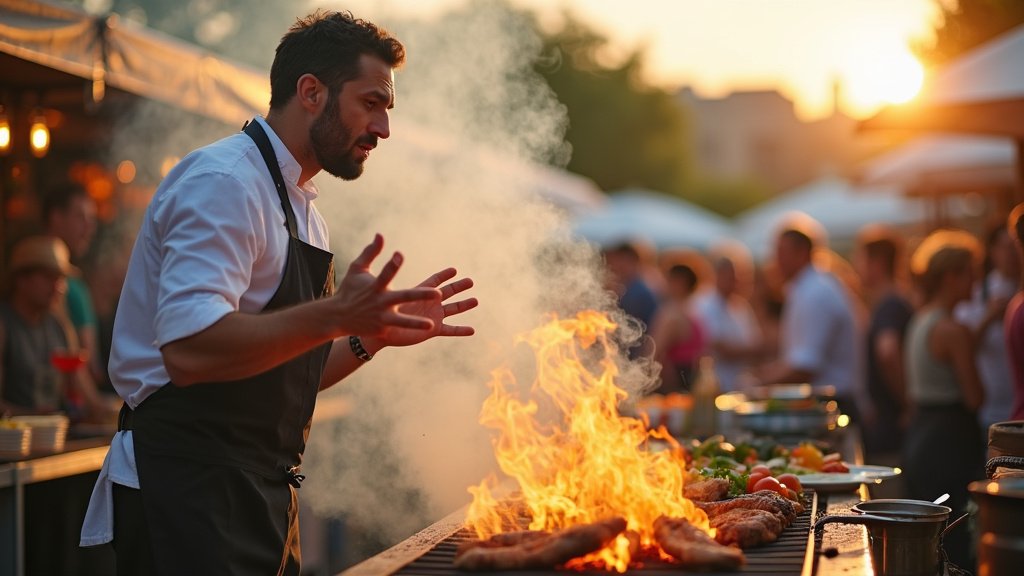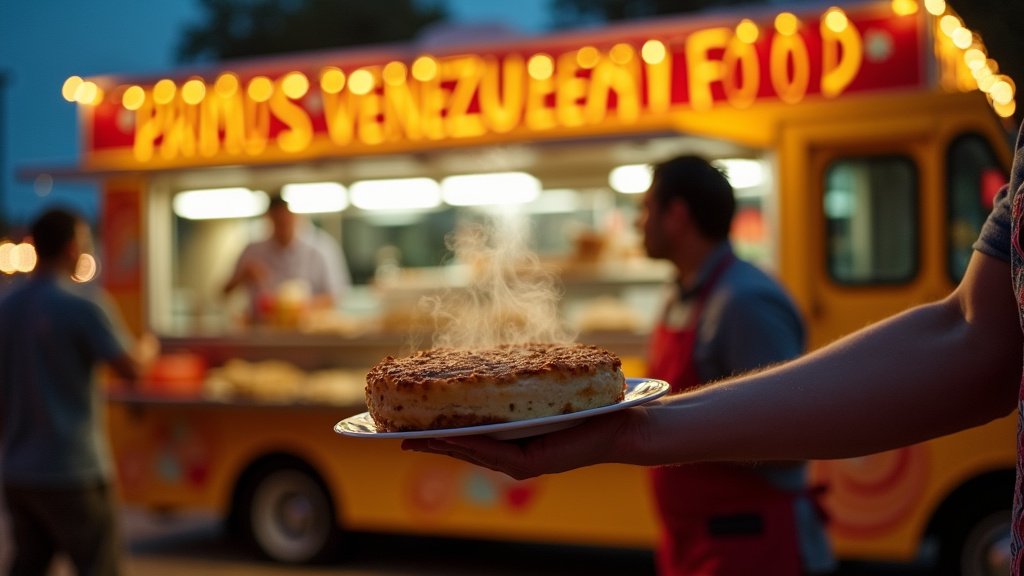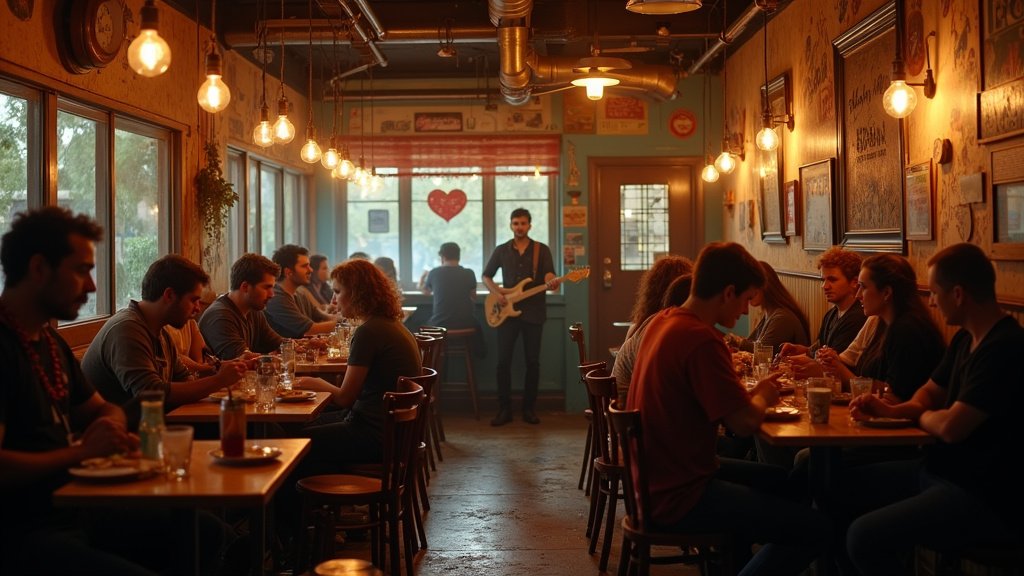The landscape of the Texas restaurant industry in 2025 is marked by a confluence of escalating operational costs and evolving consumer behaviors, creating a complex operating environment for establishments across the Lone Star State. While the closure of individual franchises elsewhere might serve as a symbolic indicator, the true story unfolding in Texas is one of resilience, adaptation, and the strategic adoption of new technologies in the face of significant financial pressures.
The Unrelenting Climb of Operating Expenses
Restaurateurs across Texas are grappling with a sustained surge in essential costs. Food prices, a primary concern for any food-centric business, have seen significant increases. By June 2025, overall food costs were approximately 21% higher compared to the same month four years prior. Looking ahead, the U.S. Department of Agriculture forecasts food-away-from-home prices to rise by 3.5% in 2025, contributing to an overall food-price increase of 1.9%. Operators report that 78% saw menu-item price hikes in 2024, with an even higher 82% anticipating further increases this year.
Labor expenses represent another formidable challenge. In 2024, 85% of restaurateurs witnessed an increase in payroll outlays, and many are forecasting a further rise of 1 to 14% in 2025 to accommodate minimum wage mandates and competitive pay rates. This trend means payroll costs now constitute over a quarter of restaurant expenses, up from 23% in 2021, and are expected to exceed 26% in 2024. Beyond direct wages, factors such as rising utility costs, including electricity, and other operational expenses like rent and supplies, continue to add pressure.
Shifting Sands of Consumer Demand
These rising costs are compounded by a noticeable shift in consumer spending habits. In the first half of 2025, U.S. restaurants and bars experienced one of the weakest six-month periods for sales growth in the past decade, a trend that extends to Texas, where sales trends are lagging in certain regions. Many chains are reporting sluggish demand, particularly among lower-income consumers, as inflation continues to impact household budgets. This softening consumer traffic forces operators to make difficult decisions regarding menu pricing and staffing levels, as the traditional profit margins of 3-5% are increasingly squeezed.
Innovation and Adaptation: The Industry’s Response
In response to these mounting pressures, the Texas restaurant industry is demonstrating remarkable agility, particularly in embracing technology and adapting service models. A significant trend is the continued growth of off-premise dining. A substantial 88% of Texas operators reported an increase in takeout and delivery sales, making it a dominant force in the current market. While challenges persist with managing third-party delivery apps and associated costs, the convenience factor remains paramount for many consumers.
Artificial Intelligence (AI) is emerging as a critical tool for efficiency and cost management. A remarkable 91% of Texas operators express positivity towards AI integration. From streamlining bookkeeping and scheduling to predicting demand and optimizing inventory, AI is being deployed to reduce operational friction and boost productivity. Restaurants are leveraging AI to enhance customer service, manage resources more effectively, and gain a competitive edge. Wendy’s, for instance, has seen reduced drive-thru wait times with its AI ordering system.
Furthermore, some Texas restaurateurs are exploring strategies such as implementing service charges to help offset shrinking profits. This approach has seen adoption by 30-34% of operators in cities like Austin and Houston.
A Culinary Hub: The State Fair of Texas
Amidst these economic challenges, the Texas food scene continues to thrive, with the State Fair of Texas serving as a vibrant showcase for culinary creativity and food competitions. The 2025 State Fair of Texas featured an array of innovative dishes and competitions, highlighting the industry’s commitment to exciting and diverse food offerings. Winners at the Big Tex Choice Awards included the savory Crab & Mozzarella Arancini, the sweet Chill & Thrill Delight, and the creative Wagyu Bacon Cheeseburger Deviled Egg Sliders. These events not only draw crowds but also underscore the entrepreneurial spirit and forward-thinking nature of Texas’s food establishments, demonstrating a passion for new food trends and a desire to engage diners with unique culinary experiences.
The challenges facing the Texas restaurant industry in 2025 are undeniable, driven by escalating costs and changing consumer spending patterns. However, the sector’s proactive embrace of technology, adaptation of service models, and persistent innovation, especially evident in events like the State Fair of Texas, point towards a dynamic and resilient future for food businesses across the state.


